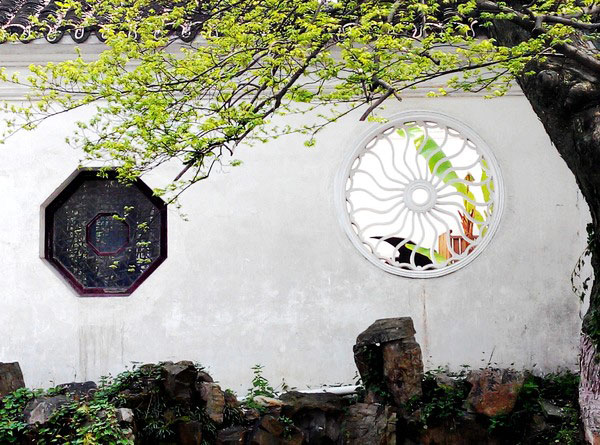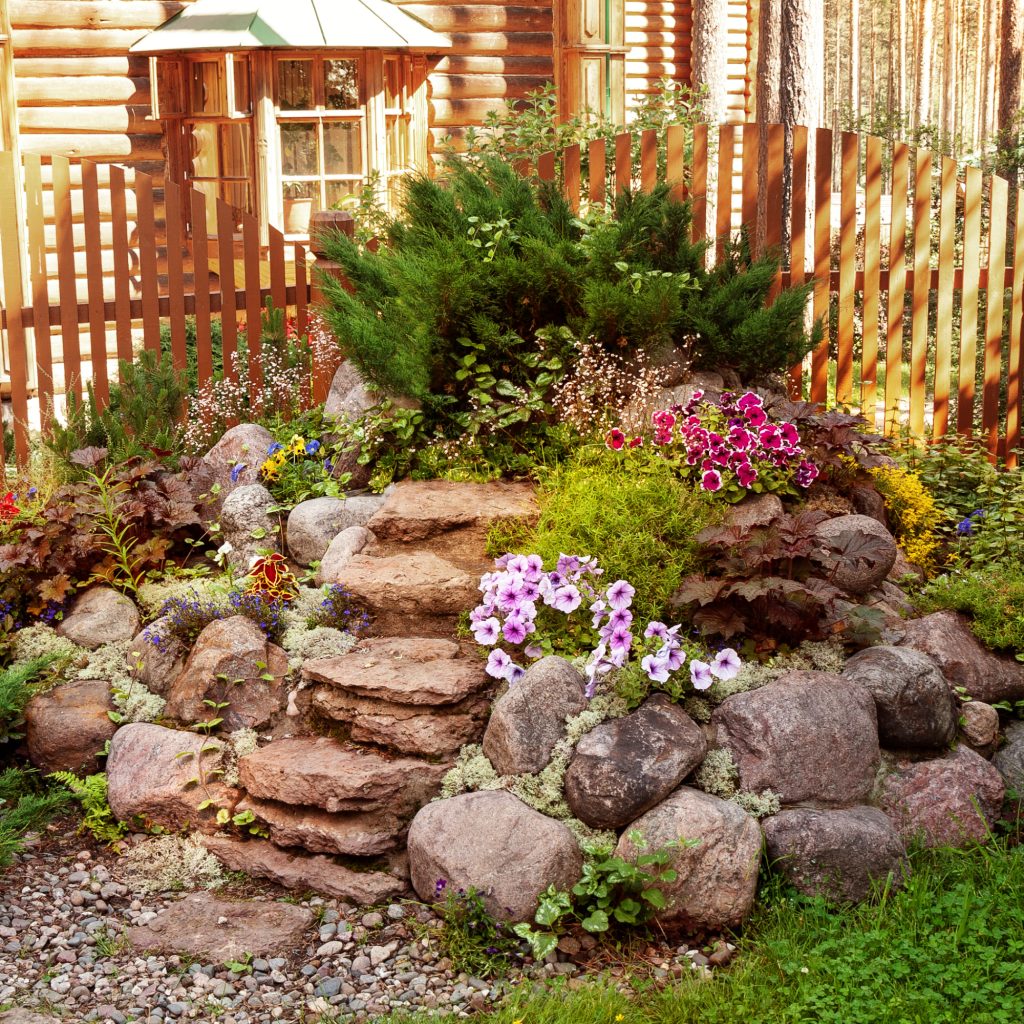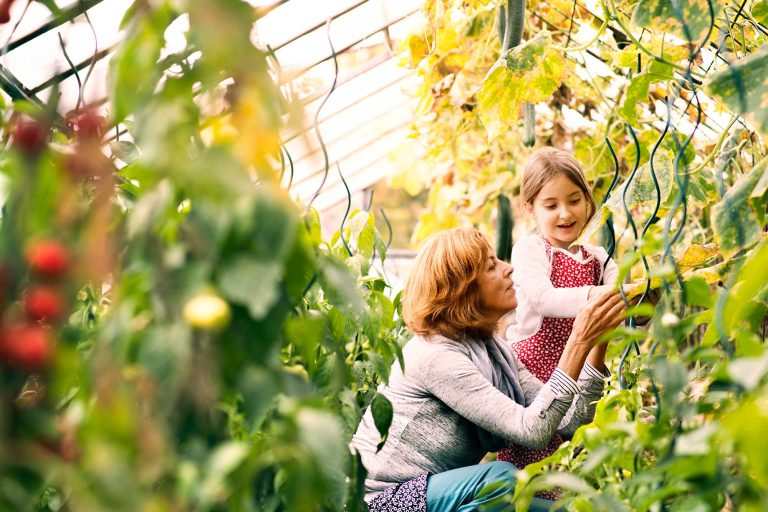Imagine stepping into a tranquil oasis where nature and artistry blend seamlessly. You’re not just in any garden; you’re in a Chinese garden.
These gardens are a testament to centuries of culture, philosophy, and design. But what makes them so unique? What elements were carefully selected to create such harmony and balance? As you explore this article, you’ll uncover the secrets behind the intricate design of Chinese gardens.
You’ll learn about the elements that have stood the test of time and why they continue to captivate the world. By understanding these components, you’ll gain insight into how to create your own peaceful retreat, no matter where you are. Curious to discover more? Let’s dive in and unveil the beauty that lies within these timeless landscapes.
Philosophy And Symbolism
Chinese garden design incorporates elements like rocks, water, and plants, symbolizing harmony and balance with nature. Paths and pavilions represent life’s journey and contemplation. These elements create a serene and meaningful environment, blending aesthetics with deep philosophical symbolism.
Chinese garden design is deeply rooted in philosophy and symbolism. These gardens are not just spaces of beauty. They reflect harmony, balance, and the universe’s duality. Designers use elements to represent nature’s principles, creating serene environments.Balance And Harmony
Balance is crucial in Chinese gardens. Every element has a purpose. Rocks, water, plants, and architecture are placed thoughtfully. This placement creates visual balance. Harmony emerges through careful design choices. It connects the garden’s features with nature. Visual balance is not the only goal. Auditory and spatial harmony are also considered.Yin And Yang In Design
Yin and Yang are central to Chinese philosophy. This concept is mirrored in garden design. Yin elements include water and shade. Yang elements are rocks and sunlight. Designers blend these opposites. This creates dynamic spaces. Light and dark, hard and soft, are balanced. These contrasts provide depth and interest. Gardens become lively yet peaceful sanctuaries.
Credit: www.chinadiscovery.com
Architectural Features
Chinese garden design features elements like ponds, bridges, and rock formations. These gardens often include pavilions and intricate pathways. Plants symbolize harmony and balance, reflecting nature’s beauty.
Chinese garden design is known for its harmonious architectural features. These elements blend nature with human-made structures. Architecture in these gardens is more than aesthetic. It’s a way to tell stories and evoke emotions. Two key features stand out in Chinese garden design.Traditional Pavilions
Pavilions in Chinese gardens serve as focal points. They offer shelter and a place for reflection. These structures often have intricate woodwork and colorful roofs. Each pavilion has a purpose. Some host gatherings, while others provide solitude. Their placement is intentional, enhancing the garden’s beauty. Visitors enjoy views of water, rocks, and plants from these spots.Bridges And Pathways
Bridges link different parts of the garden. They are not just practical. Bridges add charm with their designs. Some are curved, creating a sense of mystery. Pathways guide visitors through the garden’s story. They invite exploration. Stones or pebbles often cover these paths, adding texture. Each step reveals new sights and sounds. This journey is both physical and spiritual.Plant Selection And Arrangement
Chinese garden design is a fascinating blend of art and nature. Plant selection and arrangement play a pivotal role in creating harmonious landscapes that evoke tranquility and beauty. The thoughtful choice of plants and their strategic placement reflects the philosophy and aesthetics of traditional Chinese gardens, providing a sensory experience that is both calming and inspiring.
Role Of Bamboo
Bamboo is a quintessential element in Chinese gardens, admired for its strength and resilience. Its slender stalks provide a delicate contrast to the robust stones and water features, creating a balanced environment. Have you ever wondered why bamboo is so revered? It symbolizes integrity and virtue, qualities highly valued in Chinese culture. Its graceful swaying in the wind adds a dynamic yet peaceful quality to the garden. Consider planting bamboo to bring this serene elegance into your space.
Seasonal Flower Choices
Flowers are chosen not just for their beauty but for their seasonal significance. Spring might showcase peonies and plum blossoms, while autumn brings chrysanthemums and camellias. This deliberate selection ensures the garden remains vibrant all year round. What seasonal flowers could you add to your own garden to mirror this perpetual cycle of renewal? Choosing flowers that bloom in different seasons can keep your garden lively and colorful, inviting you to experience nature’s ever-changing palette.
Water Elements
Chinese garden design incorporates water features like ponds, streams, and waterfalls. These elements symbolize tranquility and natural beauty. Water is carefully integrated to reflect harmony and balance in the garden’s layout.
Water is a vital element in Chinese garden design, adding a serene and dynamic quality to the landscape. It symbolizes life, movement, and tranquility. In a well-designed garden, water features are not just aesthetic additions; they play a crucial role in creating harmony and balance.Ponds And Lakes
Ponds and lakes in Chinese gardens are often designed to reflect the sky and surrounding landscape. They are typically irregular in shape, mimicking the natural appearance of water bodies. These water features invite you to pause and reflect, encouraging a moment of mindfulness. It’s fascinating to observe how the stillness of a pond contrasts with the vibrant life within it. Fish swimming lazily under the surface add a dynamic element to the scene. You might find yourself mesmerized by the gentle ripples, considering how such simplicity can bring peace.Waterfalls And Streams
Waterfalls and streams introduce movement and sound into the garden. They are strategically placed to guide the eye and the visitor’s path. The gentle sound of flowing water can mask urban noise, creating a cocoon of tranquility. Have you ever noticed how the sound of a stream can instantly relax your mind? It’s like nature’s own soundtrack, drawing you into the moment. The placement of stones and the direction of the flow are carefully planned, ensuring a natural appearance and enhancing the garden’s energy. Water elements in Chinese gardens are not just for show; they engage your senses and enrich your experience. They remind you of the beauty in simplicity and the peace in nature’s rhythm. What thoughts or emotions do they evoke in you?Rock And Stone Structures
Rock and stone structures in Chinese garden design often include natural elements like water, plants, and pavilions. These gardens create harmony and balance, blending rocks and stones with lush greenery. Visitors experience a peaceful and serene environment, reflecting traditional Chinese aesthetics and philosophy.
Rock and stone structures are pivotal elements in Chinese garden design, creating a harmonious blend between the natural and the artistic. These structures aren’t mere decorations; they hold deep symbolic meanings and are integral to the garden’s narrative. When you walk through a Chinese garden, the rocks and stones tell a story, one of elegance, balance, and timeless beauty.Rockeries And Their Significance
Rockeries in Chinese gardens are not just heaps of stones. They are carefully curated landscapes that mimic mountainous terrains. Each rock is chosen for its shape, texture, and color, often symbolizing strength and endurance. The placement of rocks is strategic, creating dynamic visual interest. It invites you to pause and reflect. Have you ever considered how a simple arrangement of stones could evoke such powerful emotions? In traditional Chinese belief, rocks represent the bones of the earth, a source of stability and permanence. This connection adds a layer of reverence and respect for nature.Stone Lanterns
Stone lanterns add a touch of elegance and mystique to the garden. They are not just functional; their presence is almost poetic, illuminating pathways and casting gentle shadows. Originally used to light the way for evening strolls, these lanterns now serve as symbols of enlightenment and guidance. Picture yourself wandering through a garden at dusk, the soft glow of a lantern leading your steps. Each lantern is a piece of art, often intricately carved with designs that tell stories or convey blessings. They stand as silent witnesses to the beauty and tranquility of the garden, inviting you to look beyond the surface and see the deeper meanings within.
Credit: whc.unesco.org
Garden Walls And Gates
Chinese garden design often features walls with intricate carvings and gates adorned with traditional symbols. These elements create a harmonious blend of nature and art, enhancing the garden’s aesthetic appeal. Privacy and tranquility are achieved through strategically placed walls, while gates invite exploration and contemplation.
In Chinese garden design, walls and gates hold significant value. They are not just physical barriers but artistic elements. They define spaces and guide visitors. Walls and gates create a harmonious blend of beauty and function.Privacy And Enclosure
Garden walls provide essential privacy. They separate the garden from the outside world. This enclosure creates a sense of calm and intimacy. Walls are often built with natural materials like stone or brick. Their height varies to suit different needs and aesthetics. Tall walls offer more seclusion. Lower walls allow glimpses of the garden’s beauty.Decorative Gateways
Gateways in Chinese gardens are more than entrances. They serve as decorative focal points. These gateways are often ornate and intricately designed. They symbolize the transition between spaces. Arched designs and carved details add elegance. Gateways may feature wooden panels or stone carvings. This artistry enhances the garden’s overall aesthetic.Cultural And Historical Influences
Chinese garden design is a rich tapestry woven with cultural and historical influences. These gardens are not just aesthetic spaces; they are embodiments of centuries of philosophical beliefs, artistic expressions, and dynastic changes. The elements found in these gardens reflect the evolution of Chinese society and its enduring respect for nature and harmony.
Dynastic Changes
Every dynasty brought its unique flair to garden design. The Tang dynasty, for instance, emphasized grandeur and symmetry, mirroring its political stability. Meanwhile, the Ming dynasty saw a shift towards more intricate designs, reflecting a period of cultural flourishing. You might wonder how these changes manifested in garden architecture. Well, during the Song dynasty, gardens began to incorporate more natural elements like rocks and water to reflect Taoist principles of harmony. This dynamic interplay between ruling powers and garden aesthetics offers fascinating insights into how political climates influenced garden design.
Integration Of Art And Literature
Art and literature have always played pivotal roles in shaping Chinese gardens. Gardens were often designed to resemble landscapes depicted in famous paintings or described in classical poetry. This integration was not merely for beauty; it was a form of storytelling. Imagine walking through a garden that brings to life the lyrical descriptions of a beloved poem. The careful placement of rocks, trees, and water features can evoke the same emotions as a masterful brushstroke. Have you ever considered how gardens might serve as living canvases for artistic expression? These spaces invite you to explore the seamless blend of visual art and literary traditions.

Credit: en.wikipedia.org
Frequently Asked Questions
What Are Key Elements In Chinese Gardens?
Chinese gardens are known for harmony and balance. Key elements include water features, rocks, plants, and pavilions. Water symbolizes life and flexibility, rocks represent stability, and plants add color and texture. Pavilions offer spots for relaxation and contemplation, enriching the garden experience.
Why Use Water Features In Chinese Gardens?
Water features are vital in Chinese gardens for their symbolic and aesthetic roles. They represent life, flexibility, and tranquility. Ponds, streams, and waterfalls enhance serenity and mirror the surroundings. They create calming reflections and sounds, helping visitors connect with nature and find peace.
How Do Rocks Influence Chinese Garden Design?
Rocks play a significant role in Chinese garden design. They symbolize strength and endurance. Carefully selected and arranged rocks create landscapes and symbolize mountains. They add texture, shape, and contrast, ensuring balance and harmony with other elements, enhancing the garden’s overall beauty.
Why Are Plants Important In Chinese Gardens?
Plants are crucial for adding color, texture, and life to Chinese gardens. They symbolize growth, renewal, and harmony with nature. Varieties like bamboo, plum blossoms, and lotus are popular choices. Each plant has cultural significance and helps create a serene and peaceful environment.
Conclusion
Chinese gardens blend nature and artistry. Each element has a unique purpose. Stones create balance. Water symbolizes life and movement. Plants offer beauty and meaning. Pavilions provide shelter and relaxation. Paths guide and intrigue visitors. These components reflect harmony and philosophy.
They invite peace and contemplation. Understanding these elements enriches appreciation. Chinese gardens tell stories of culture and history. They inspire calm and reflection. Embrace their beauty and tranquility. Let them be a source of joy and inspiration.








